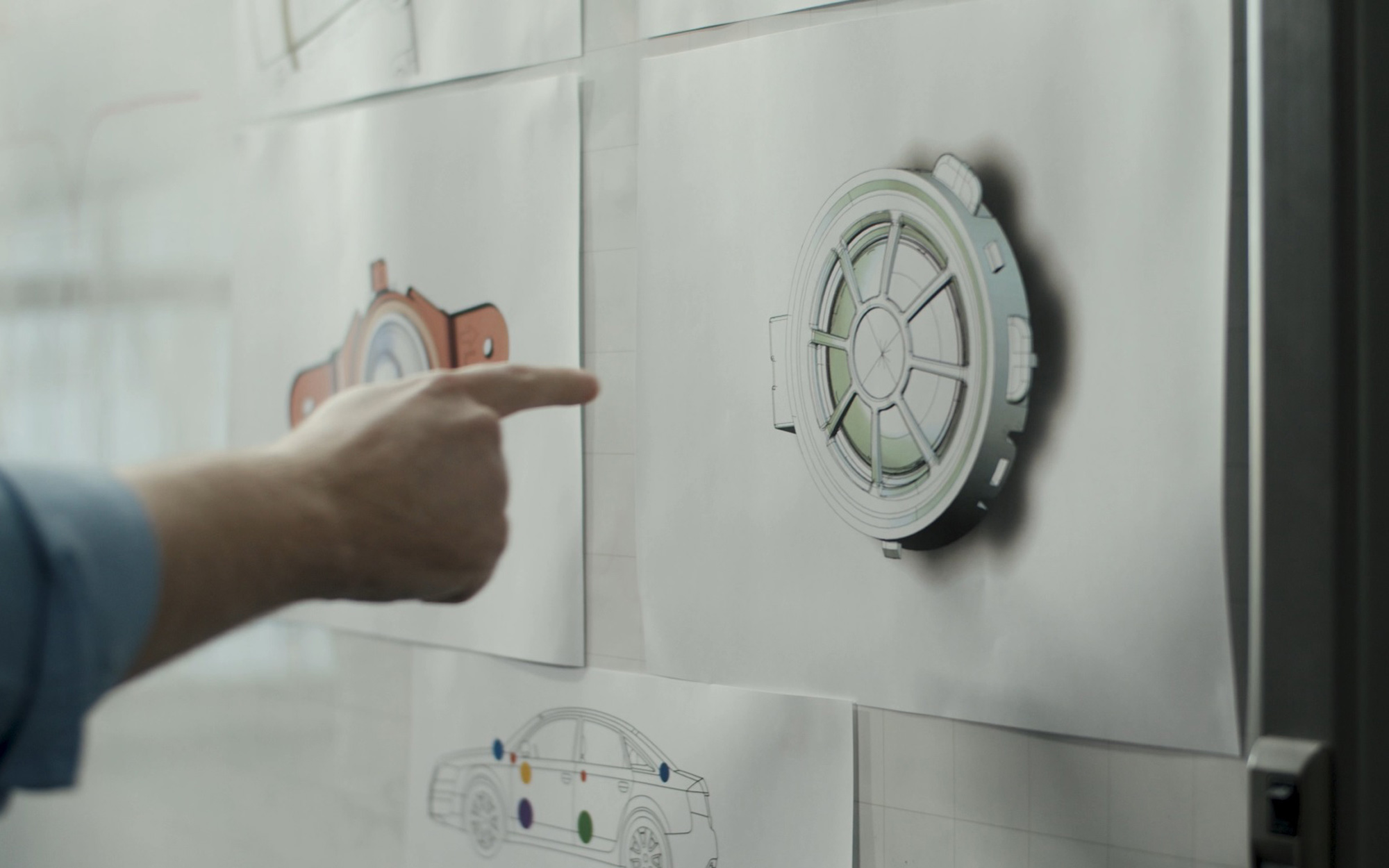Meridian customers - create an account so you can register your product(s) for your extended warranty.
Dealers, integrators, and installers - create an account to request access to Dealer Resources and/or apply to become a Meridian dealer.
Meridian Audio's new audio haptic technology for automotive seating, will greatly enhance the in-car media experience while eliminating the compromises associated with first generation systems.
By combining an analysis of psychoacoustic responses with a review of existing technologies, Meridian has created a software-focused approach that can be configured to work with any haptic hardware to create an engaging and customisable experience.
Called Vibrohaptic Audio because its purpose is purely to enhance the audio experience, the system processes signals from the audio amplifier to control the haptic drivers in the backs of the seats. The next step is where Meridian’s next-generation technology shows its most significant advantage.
“While it’s great to occasionally turn up the volume and have your seat pumping into your back like the bass from a giant speaker at a gig, that’s not how we receive the haptics of sound during most of our listening,” explains Meridian’s automotive business director, Paul Andrews.“Outside of rock concerts, haptic inputs to our bodies are so subtle we often don’t even know they are there.”
Take them away, however, and the reduction in perceived sound quality is immediately apparent. “We have conducted tests when we haven’t told the participants that they are sitting in our Vibrohaptic seat,” continues Andrews. “They generally don’t notice any haptic inputs, but when we turn it off, they immediately notice a reduction in the quality of the audio experience. That’s a great result; it proves that our science-based approach adds a lot of value whatever genre of music you are listening to, as well as for passengers enjoying films, games and other multi-media experience.”

Scientific Analysis
Dr. Laurence Hobden, leader of Meridian’s Research and Applied Technologies team, emphasises that the focus of his group’s approach has been to understand the frequency ranges to which people have the most significant haptic responses and how haptic and audio jointly create the sensory landscape to which our minds respond. The result is a unique signal processing technology that precisely selects the most relevant elements of the audio signal and tailors them to control haptic inputs. These inputs can be broadly categorised as either transient – the punch of rock music or drums – or steady state, which enhances rumble and lower frequencies.
Hobden highlights that Meridian’s approach to haptic audio also embraces an understanding of how the body receives haptic inputs. “It isn’t only about what you feel in the sensitive parts of your back,” he explains. “The tiny vibrations are transmitted through your body and received by the bones of your ears, so it is essential that we ensure that the haptic inputs are congruous with the auditory inputs. Our aim is to build an acoustic experience that is lifelike, authentic and natural by managing all the inputs that we receive when listening.”
This understanding has also allowed Meridian to develop a signal processing and control system that allows the vehicle occupants to tune the response to their own personal tastes and moods, “but always within the envelope that our research shows will provide the best results for end users as well as for the vehicle brand,” continues Hobden.
Meridian’s next-generation Vibrohaptic Audio technology can be configured for any number of actuators, which can weigh as little as 80 g each, and is compatible with most DSP amplifiers. Actuators can be sourced from Meridian’s manufacturing partners or from the vehicle manufacturers’ established suppliers. The recently launched in-house automotive consultancy, Engineered by Meridian (EbM), is available to work with customer engineering teams to optimise hardware integration and system tuning. Vibrohaptic Audio technology will enter production in 2025 with a European luxury vehicle manufacturer, followed by a new luxury vehicle from a Chinese manufacturer.